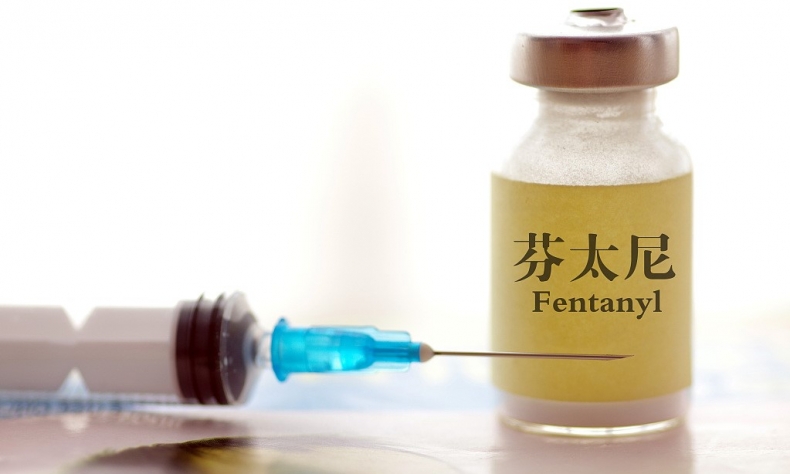Scapegoating Does Not Help Tackle Addiction Epidemic

There is no reason for the U.S. to shift the blame and charge Chinese nationals for the sale of non-scheduled chemicals, other than in order to scapegoat China as a distraction tactic as it struggles to keep up with the pace of the crisis.
The U.S. Department of Justice charged four China-based companies and eight Chinese nationals working for these companies on June 23 for allegedly supplying precursor chemicals for the purpose of creating fentanyl for distribution in the United States. U.S. law enforcement personnel had ensnared these people through a “sting operation.” China’s Ministry of Foreign Affairs has condemned these actions on the grounds that the arrests were illegal and the U.S. is using them as a pretext to scapegoat China.
When used in healthcare, fentanyl gives fast-acting pain relief and is up to 100 times more potent than morphine. However, 50 times more potent than heroin, its illegal use has grown in popularity and it’s now widely defined as a controlled narcotic. The United States is the biggest producer and consumer of fentanyl-related drugs in the world. Drug overdose deaths in the U.S. hit a new record in 2022 to reach 109,680 as the fentanyl crisis continued to deepen, according to the U.S. Centers for Disease Control and Prevention.
The sources of the epidemic are multiple, with the abuse of legally produced fentanyl, the illegal production of fentanyl as a recreational drug, and the inclusion of fentanyl in other illegal drugs such as cocaine and heroin all playing a part.
But the main issue is not where the fentanyl comes from but how it’s been used. Why are there so many drug users in the U.S. and what constrains the U.S. from controlling the distribution of these drugs within its borders? Why doesn’t China have a fentanyl addiction epidemic?
The reasons are differences in the two societies and systems of governance. China’s regulation of the use of fentanyl for medical purposes is stricter than in the U.S. It also takes a tough stance against trafficking. On May 1, 2019, China became the first country in the world to place the entire class of fentanyl-type drugs under a controlled regulatory regime, even though there were no large-scale abuses of them in China. This was done specifically to assist the U.S. address its opioid addiction problems.
China works hard to fulfill its export control responsibility. The country has taken a host of measures to crack down on the trafficking of fentanyl and other scheduled chemicals, like introducing real-name registration of senders and receivers, parcel examination and X-ray screening in the express delivery sector, and stepping up examination of cross-border parcels to certain destinations including the U.S., a document issued by the Ministry of Foreign Affairs in June 2022 said.
The precursors referred to by the U.S. are general chemicals, Chinese authorities said in response to the recent arrests. The responsibility to prevent their use in illicit drug making falls on the U.S. authorities.
There is no reason for the U.S. to shift the blame and charge Chinese nationals for the sale of non-scheduled chemicals, other than in order to scapegoat China as a distraction tactic as it struggles to keep up with the pace of the crisis. The scourge of fentanyl does not lie in its production but in its regulation and use. If the United States is serious about defusing its fentanyl crisis, it needs to turn its attention inward.
 Facebook
Facebook
 Twitter
Twitter
 Linkedin
Linkedin
 Google +
Google +










